10 Tablets That Turned Heads At Mobile World Congress 2016
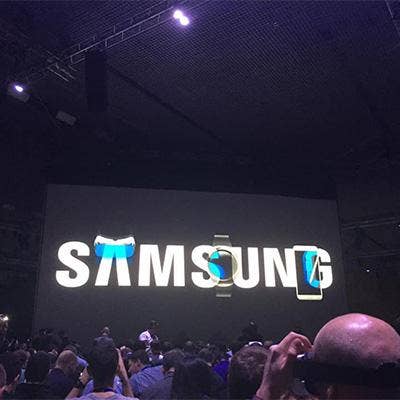
A Tablet Frenzy
The tablet market may be slowing down, but you wouldn't know it if you spent this week at Mobile World Congress, the European mobile showcase in Barcelona, Spain.
A broad array of companies, like Panasonic, Huawei and Lenovo, showed off their slate tablets and detachable 2-in-1s with better screens and more features. Mobile World Congress heralded a broad range of devices, from the ruggedized Panasonic Toughpad FZ-F1, targeted for manufacturers and factory operators, to the ZTE Spro Plus slate tablet, a projector-tablet for business users to easily get their presentations up on the big screen from their devices. Following are 10 tablets that turned heads at Mobile World Congress.
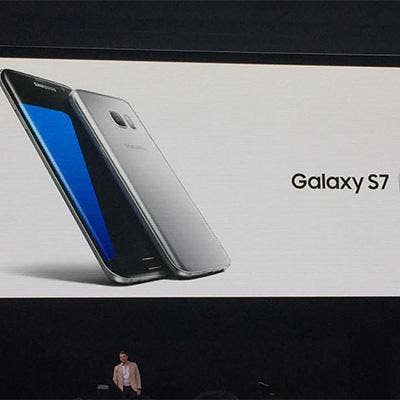
Toughpad FZ-F1
Panasonic on Monday delivered a new ruggedized handheld tablet, the Toughpad FZ-F1. Like most of Panasonic's tablet lineup, this device is targeted for the enterprise and particularly for verticals like manufacturing, retail and healthcare.
The 4.7-inch FZ-F1 runs on Windows 10 and packs a Qualcomm Snapdragon processor clocked at 2.3 GHz. This tablet features ergonomically designed rear barcode readers, allowing the user to scan items without bending their wrists, preventing repetitive strain injuries. The FZ-F1 also contains a glove enabled, sunlight viewable display.
The FZ-F1 contains 2 GB of RAM and 16 GB of storage, and has enough juice for 16 hours of continuous operation. The FZ-F1 will be launched as a data and voice model in the fall with an estimated street price of $1,599.
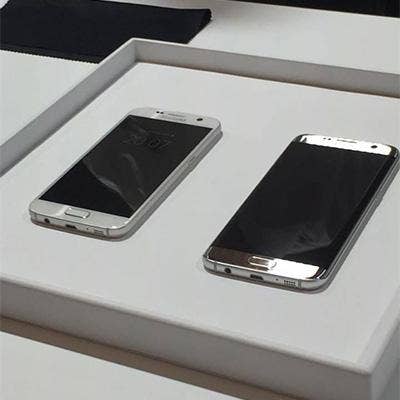
Toughpad FZ-N1
The Toughpad FZ-N1 contains similar features to the FZ-F1 in all aspects, including storage, battery life, and display, except for one—operating system.
The 4.7-inch tablet runs on the Android Lollipop OS platform, an interesting option for Panasonic as many manufacturers have been split between Windows and Android platforms for their ruggedized products.
This tablet also contains a Qualcomm Snapdragon, as well as the same 2GB of RAM and 16 GB of storage that the Toughpad FZ-F1 features. A broad selection of accessories will also be compatible with the FZ-N1, including a vehicle dock, hand strap, device cradles and multi-battery charter.
The FZ-N1, initially available as a Wi-Fi model in March, will cost $1,499—the voice model of this tablet will also be introduced in the summer.
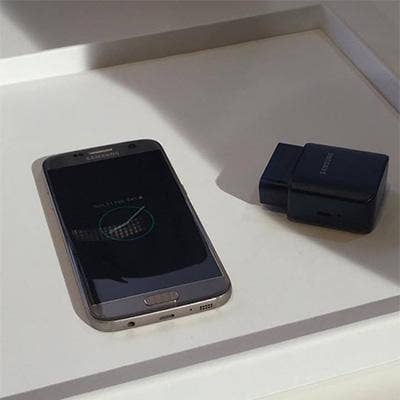
Tab3 10 Business
Lenovo showed off its enterprise smarts by lifting the curtain on the Tab3 10 Business, a tablet that is targeted for companies.
This Android tablet is optimized to support employees who need to be constantly on the move while they are working. The 10-inch tablet supports Android for Work, which targets security and manageability, and comes pre-loaded with Android for Work productivity apps. On the security front, the Tab3 10 Business uses hardware encryption software and policy control.
On the inside, this tablet packs a MediaTek processor clocked at 1.3 GHz, as well as options of 2GB or 3GB RAM and a 7,000 mAh battery with up to 12 hours of usage time. On the camera front, the tablet has a rear-facing 8-megapixel camera and front-facing 5-megapixel camera. Pricing for this tablet ranges from $199 to $299, and it will go on sale in June.

Tab3 7 And 8
Lenovo also unveiled its first series of "family-friendly" consumer tablets, the Tab3 7 and the Tab3 8. The idea behind these entry-level tablets are that families can switch between multi-user modes, and young children can utilize the devices' "safe mode."
The Tab3 7, which has a 7-inch screen, and Tab3 8, which has an 8-inch screen, both contain MediaTek processors clocked at 1 GHz, 1 GB of RAM (the Tab3 8 has a 2GB option as well), and rear-facing 5-megapixel camera and 2-megapixel front-facing camera.
The Tab3 7 starts at $79 while the Tab3 8 starts at $99. Both tablets will go on sale in June and will be available through all Lenovo retail partners.
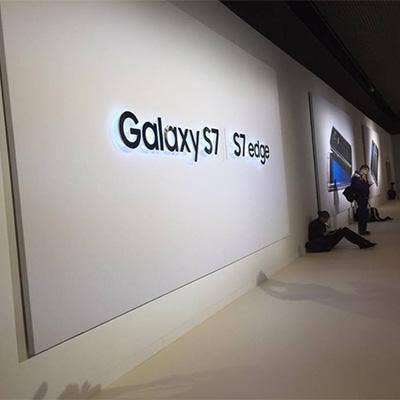
Alcatel Plus 10
Alcatel has thrown its hat into the 2-in-1 Windows 10 tablet ring with the Alcatel Plus 10.
This 10-inch tablet has a similar look on the outside to Alcatel's other trademark tablets, including its Android Pop 10 released a few years ago. The Plus 10 has an Intel Atom Z8350 chipset clocked at up to 1.97GHz and runs on Windows 10.
The biggest feature of Alcatel's Plus 10 is in its keyboard—the device packs an LTE radio into its dock, as well as a second battery that gives the tablet a combined battery power capacity of 8,410 mAh. The tablet also features 2GB of RAM and 32GB of onboard storage, with a microSD slot for expanded storage of up to 64 GB.
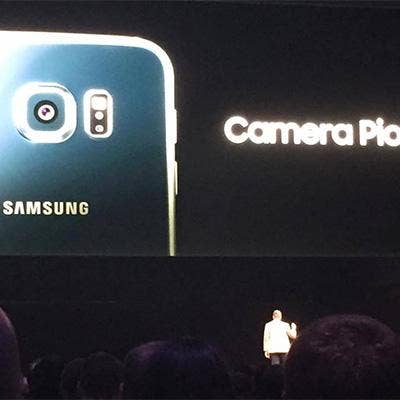
Huawei MateBook
Huawei turned heads when it released the MateBook, a 12-inch Windows 10 2-in-1 competitor to the Microsoft Surface Book and iPad Pro.
The MateBook looks similar to Microsoft Surface, with its 12-inch screen, all-metal body, 2,560-by-1,400 pixel resolution, and detachable keyboard that folds around the back for quickly and seamlessly changing tablet stand positions. This tablet 2-in-1 is powered by a sixth-generation Intel Core M-series processor (users can pick between the M3, M5, and M7). The device is also compatible with a handy stylus that also functions as a laser pointer and presentation clicker.
The MateBook starts at around $700 for 4GB of RAM and 128GB of storage, and its price goes up to $1,600 for 8GB of RAM and 512GB of storage. The keyboard and stylus are sold separately.
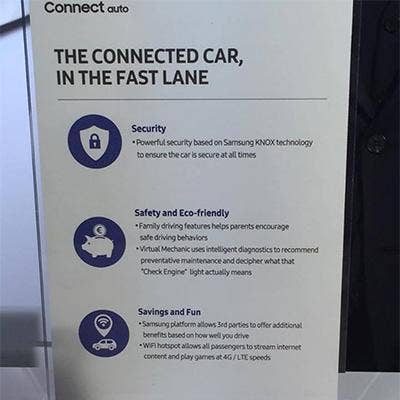
Huawei MediaPad M2 10
Huawei's MediaPad M2 10, first released at the Consumer Electronics Show last month, was on display at Mobile World Congress. The MediaPad M2 is a 10-inch tablet with a 1,200-by-1,920 pixel resolution with a full-metal aluminum frame. This slim, sleek tablet features a 13-megapixel rear-facing camera and 5-megapixel front shooter. On the inside, this tablet contains a 6,660 mAh non-removable battery and packs a Kirin 930 octa-core processor clocking in at 2 GHz. In terms of memory and storage, the MediaPad M2 comes with 2GB of RAM and packs 16GB of internal storage (with microSD card compatibility for expanded storage). The MediaPad M2 hits the U.S. in the first quarter of 2016 and will start at $349.
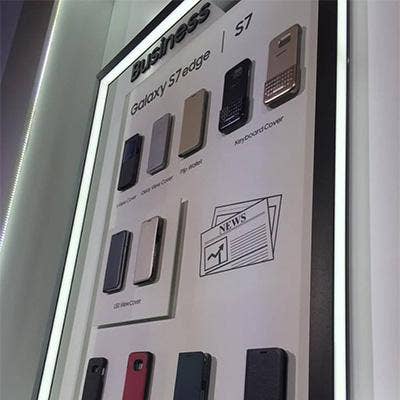
ZTE Spro Plus
ZTE's newest device is not just a tablet—it's a projector wrapped into a tablet. The Spro Plus, a tablet-projector hybrid, contains an autofocus feature that allows users to project images on any surface for clear views. The device uses laser technology to project images at 500 lumens and around 8-feet away from the projection surface.
The tablet itself runs on a customized Android 6.0 Marshmallow platform and is powered by a Qualcomm Snapdragon 801 chipset, which contains 3GB of RAM. The device packs 32GB of storage with microSD support for an additional 128GB of memory. Its battery provides up to four hours of projection, according to ZTE. This model will sell in the summer, but its price has not yet been revealed.
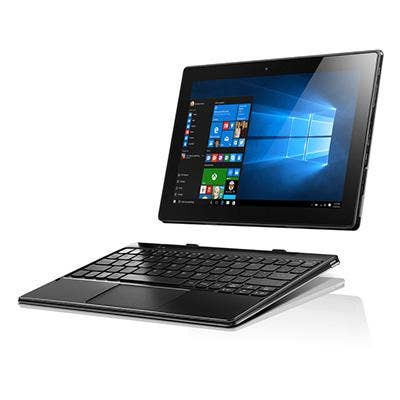
Lenovo Ideapad MIIX 310
Lenovo showed off its ideapad MIIX 310 as a device for "working and playing on the go."
This platinum silver 2-in-1 contains a detachable keyboard and impressive 10 hours of battery life. The 2-in-1's 10-inch FHD display has 1920-by-1080 pixel resolution. The ideapad MIIX 310 runs on Windows 10 and is powered by an Intel Atom X5 8300 CPU, with integrated Intel graphics. The device contains up to 4GB of DDR3L memory and up to 64GB of eMMC storage and will be available starting in June.
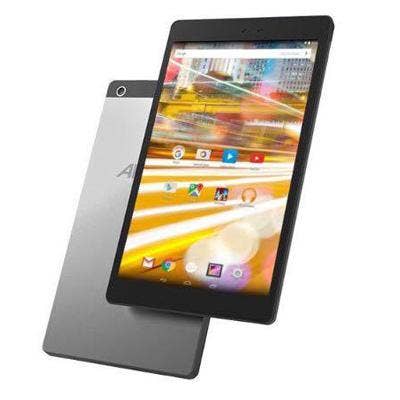
Archos Oxygen Tablets
Archos took the wraps off three entry-level Android tablets at Mobile World Congress—the 70, 80, and 101b Oxygen tablets.
These tablets have 7-inch, 8-inch, and 10.1-inch screens, respectively, along with 1,920-by-1,080-pixel resolutions and IPS displays. The Oxygen tablets all run Android Marshmallow and are powered by a MTK8163 quad-core processor clocked at 1.3GHz, with 2GB of RAM and 16GB of storage. According to Archos, the 70 Oxygen costs $108, the 80 Oxygen will cost $144, and the 101b Oxygen will cost $171. The three tablets will be released in May.